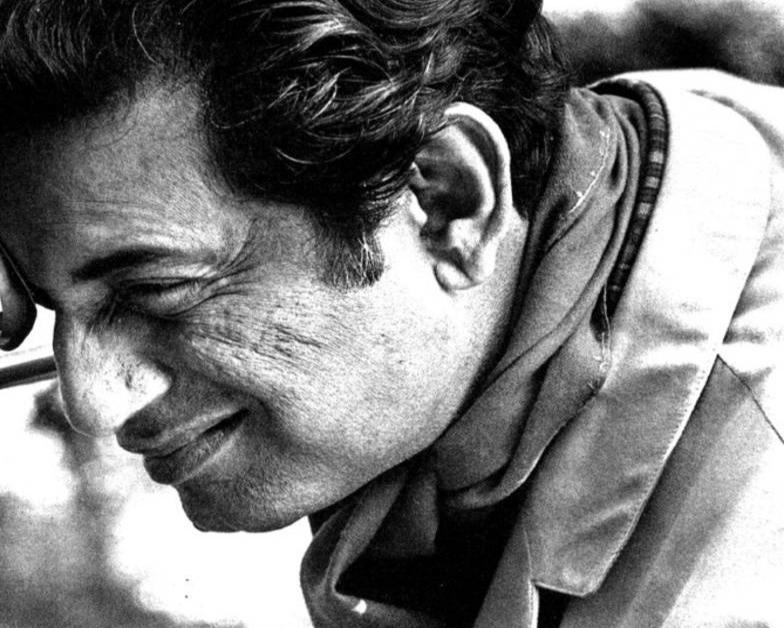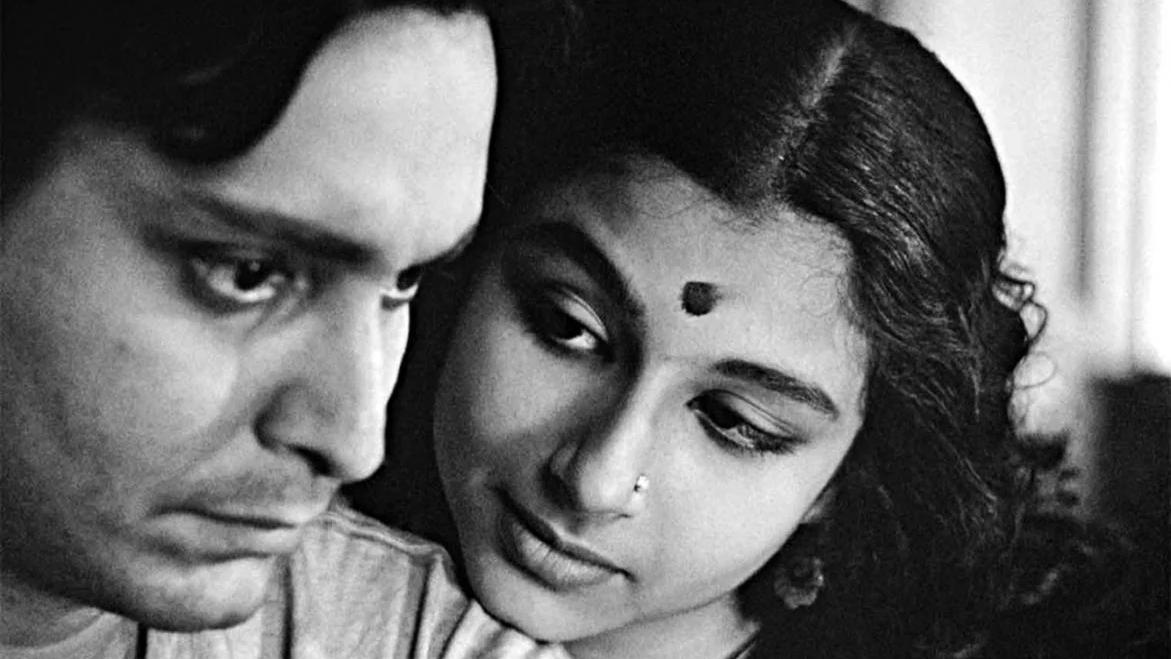
3 minute read
The Apu Trilogy Apur Sansar
from The apu trilogy
by SRIJEET SHEE
Exploration of Personal Identity: Like the other films in the Apu Trilogy, “Apur Sansar” explores personal identity and the tension between individual aspirations and familial obligations. The film depicts Apu’s struggles to find his place as a writer while also grappling with the challenges of being a husband and father.
Celebration of Artistic Expression: The film celebrates artistic expression and the power of storytelling, with Apu’s journey as a writer serving as a central theme. The film’s focus on the creative process and the importance of artistic pursuits have inspired generations of Indian artists and writers.
Advertisement
The portrayal of Women: “Apur Sansar” also explores the role of women in Indian society, with Apu’s wife, Aparna, serving as a complex and multi-dimensional character. The film challenges traditional gender roles and highlights the struggles faced by women in a patriarchal society
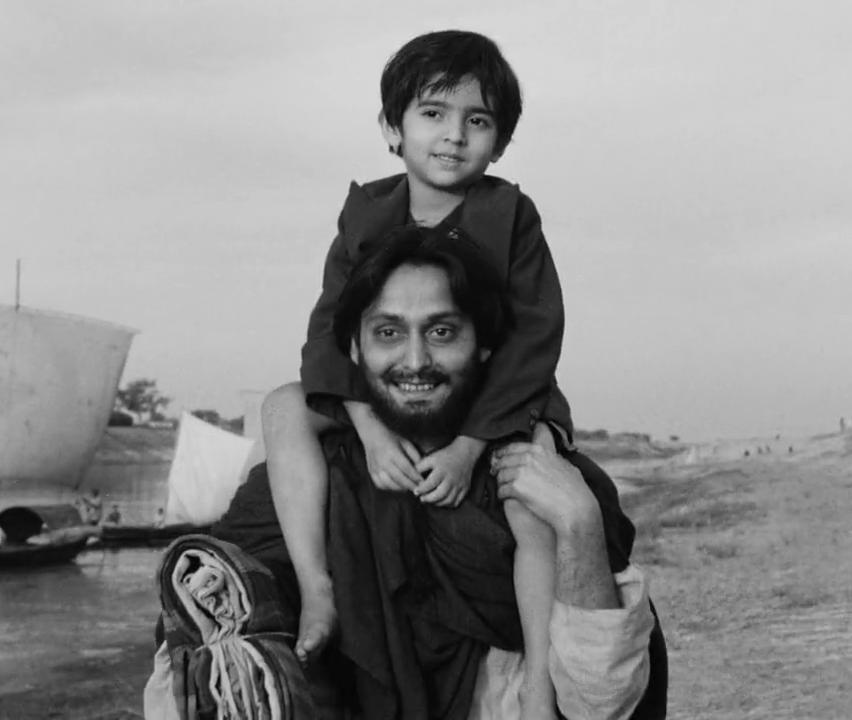
Concluding
Inspiration to New Filmmakers: The Apu Trilogy has inspired several generations of Indian filmmakers, who have sought to emulate Ray’s cinematic style and storytelling. The films’ influence can be seen in the emergence of the parallel cinema movement, which aimed to produce meaningful and artistic films that reflected the realities of Indian society.
Cultural Legacy: The Apu Trilogy is now widely regarded as a cultural landmark in India. They continue to be celebrated for their artistic and social significance. The National Film Archive of India has preserved the films. They are regularly screened at film festivals and cultural events, inspiring new generations of viewers and filmmakers alike.
Contribution to Indian Cinema: The Apu Trilogy is widely acclaimed in India and abroad, winning several international awards, including the Golden Lion at the Venice Film Festival. The film helped to establish Satyajit Ray as a leading figure in Indian cinema, paving the way for other Indian filmmakers to explore complex themes and experiment with narrative styles.
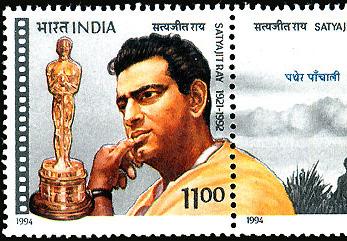
Akira Kurosawa (Japanese filmmaker and painter who directed 30 films in a career spanning over five decades) put it another way: “It is the kind of cinema that flows with the serenity and nobility of a big river.”
Richard Brody said, “Satyajit Ray’s story of life is deeply imbued with death; his vision of the soul is inextricable from the survival of the body.”
The Criterion Collection is a continuing series of influential classic and contemporary films on home video; written an article about the Apu trilogy
Christopher Nolan (movie director) says Pather Panchali (Apu Trilogy)
is “One of The Best Films Ever Made”
The Apu Trilogy is a deeply emotional and poignant story that follows Apu’s journey from childhood to adulthood. It explores personal growth, family responsibilities, and social realities in post-independence India. The films are widely regarded for artistic innovation and technical excellence and have significantly impacted Indian cinema and culture.
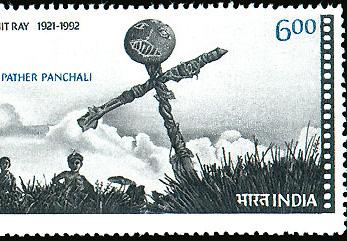
Dissecting the movie: The three movies are set in a particular mood, depicting the protagonist’s pain, sorrow and struggle.
Contrast: The use of black and white photography allows for more excellent contrast between light and dark tones, which can create a sense of drama and tension. This is especially evident in scenes at night or in low light, where the stark contrast between light and dark adds to the film’s visual impact.
Emotion: Black and white photography can also create a sense of emotion or mood in a film. In the Apu Trilogy, the use of black and white photography adds to the films’ sense of melancholy and nostalgia, which are central themes of the films.
Timelessness: Using black and white photography also adds a sense of timelessness to the films. By stripping away the distracting colours of modern life, the films can capture a simpler, more timeless world that feels removed from the present day.
Landscape: The films are set in rural Bengal, and the landscape plays a central role in the visual impact of the films. The camera work captures the beauty and majesty of the natural world, from the lush greenery to the winding rivers.

Lighting: The use of light in the films is also a significant aspect of the visual impact. The films often use natural light, and the lighting is used to highlight key moments and to create a sense of mood and atmosphere.
Symbolism: The films are also known for their use of symbolism, which is often conveyed through the visual elements of the films. For example, the recurring image of the train in the films can be seen as a symbol of change and progress.
Fashion: in the first movie, it is observed that the mother is wearing the same saree until her husband arrives. The saree gets torn scene by scene, little by little, depicting the poverty of the family.
